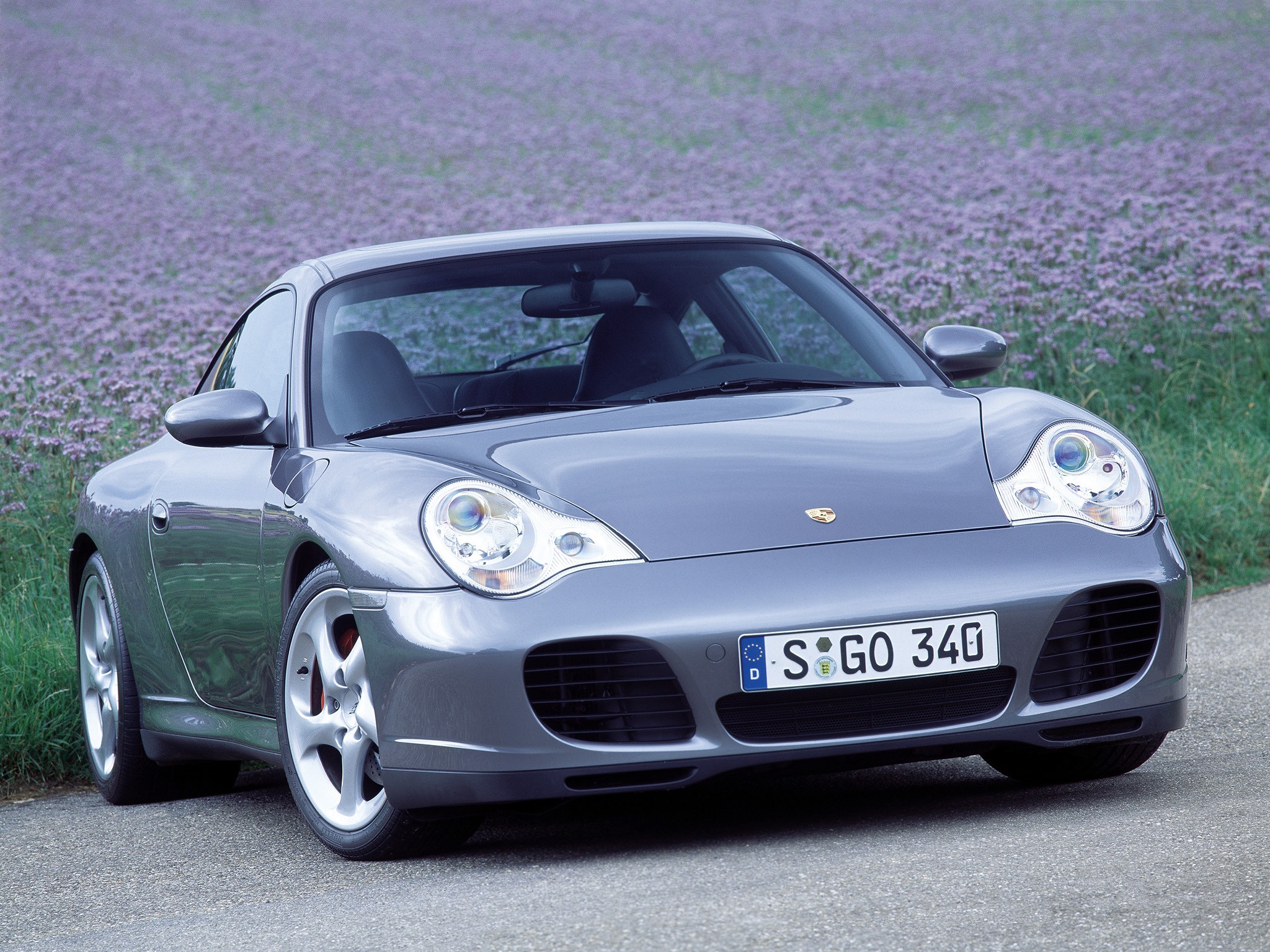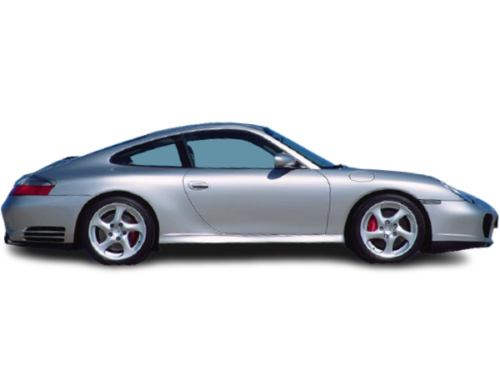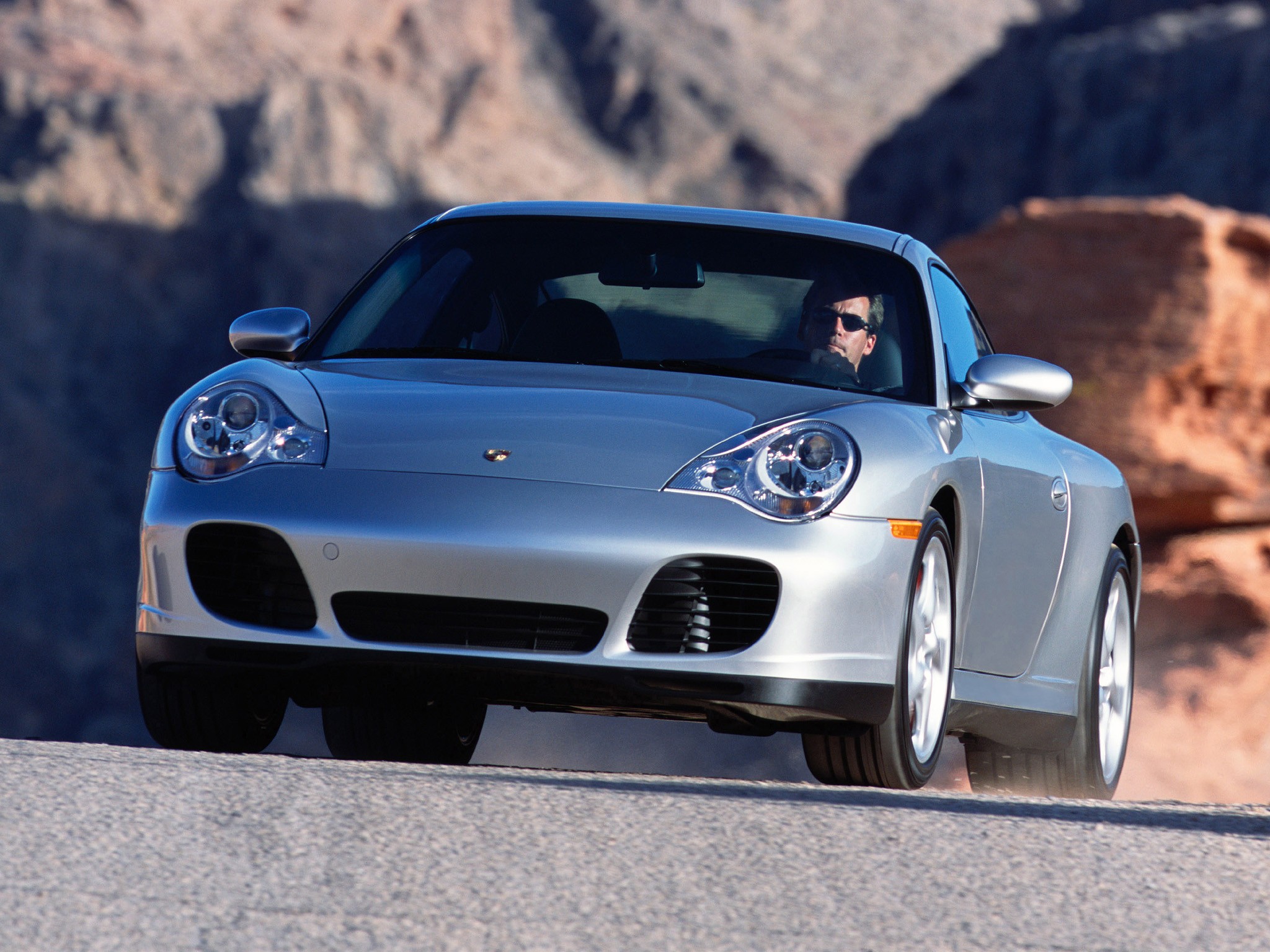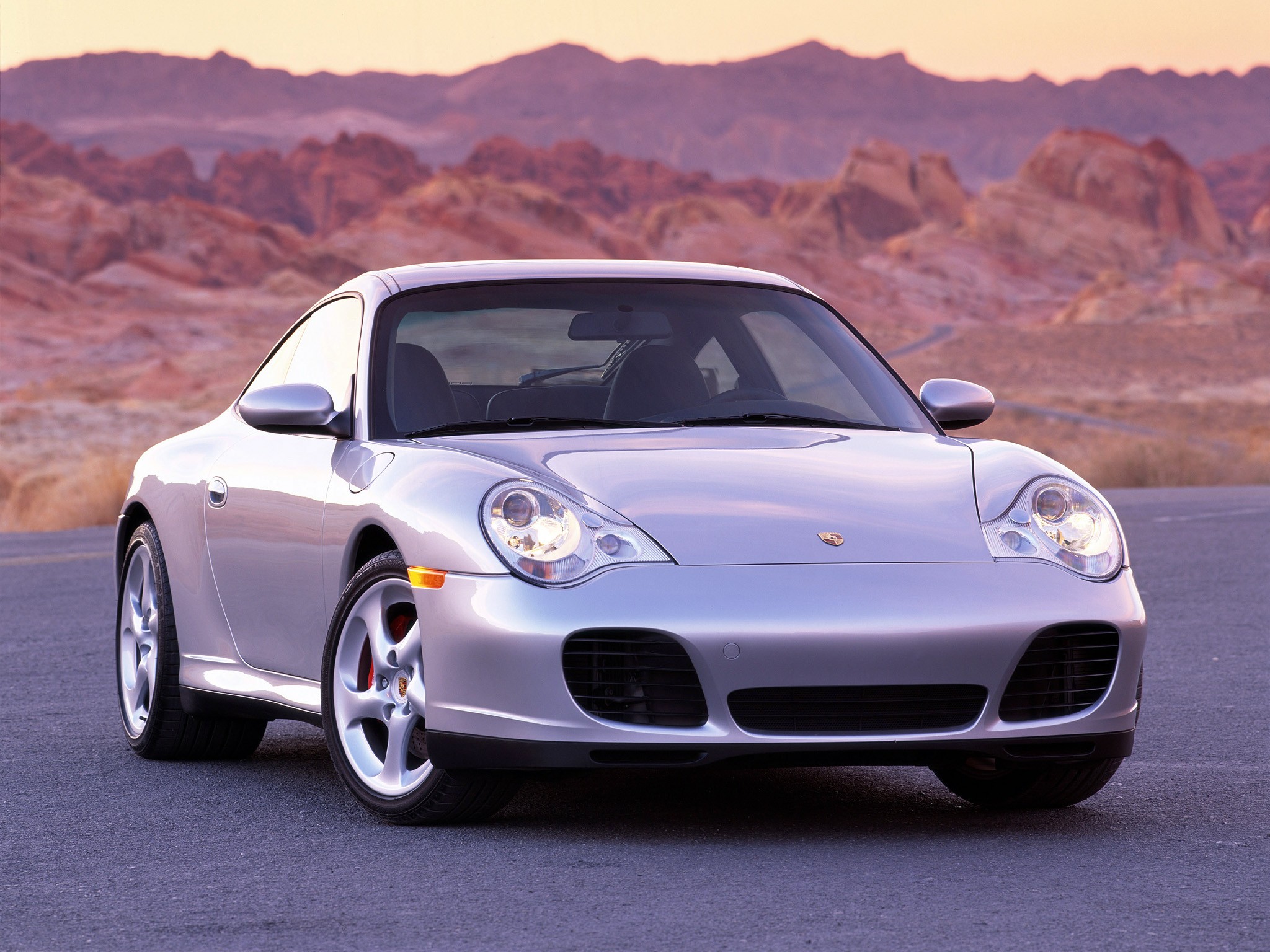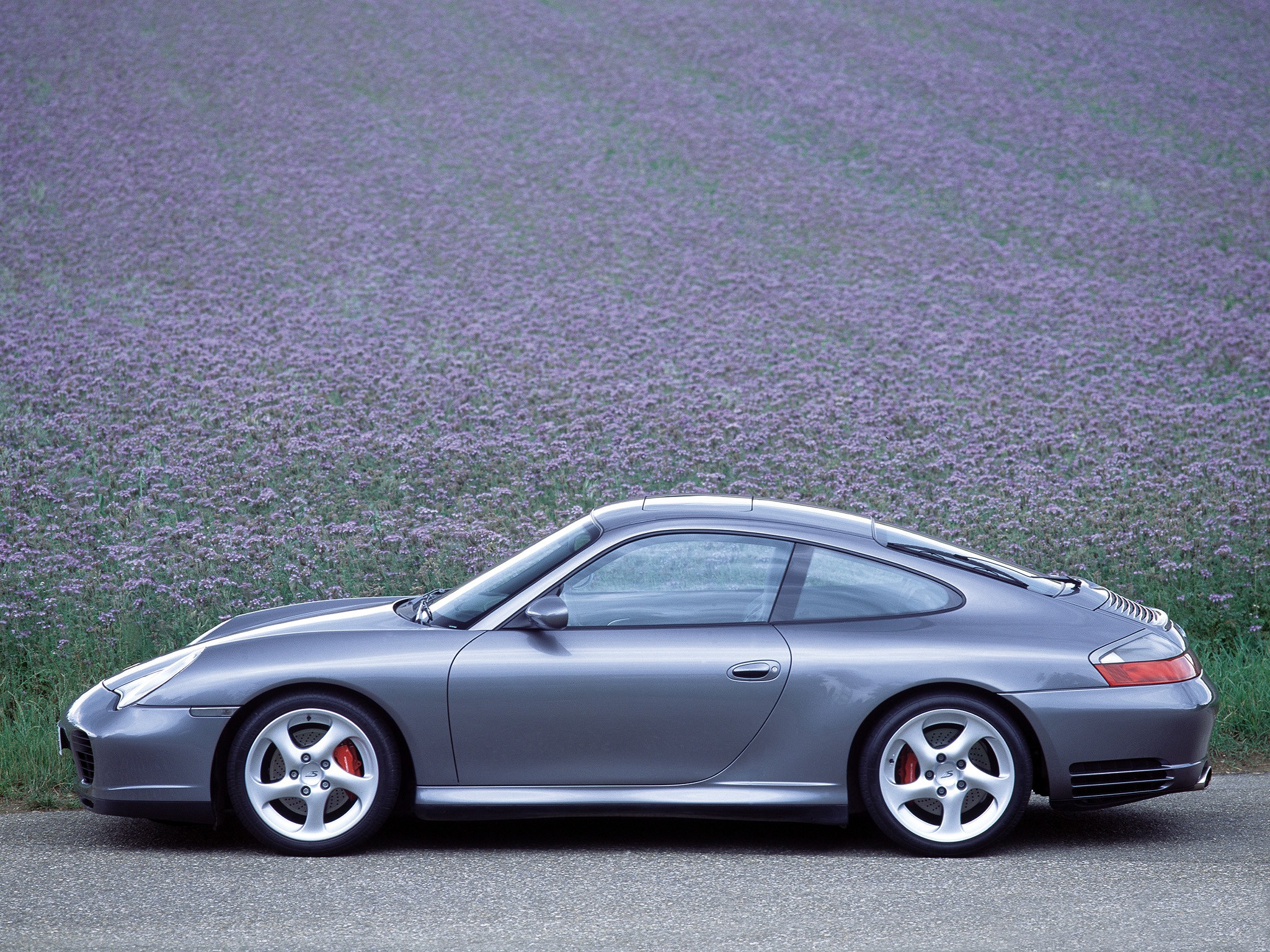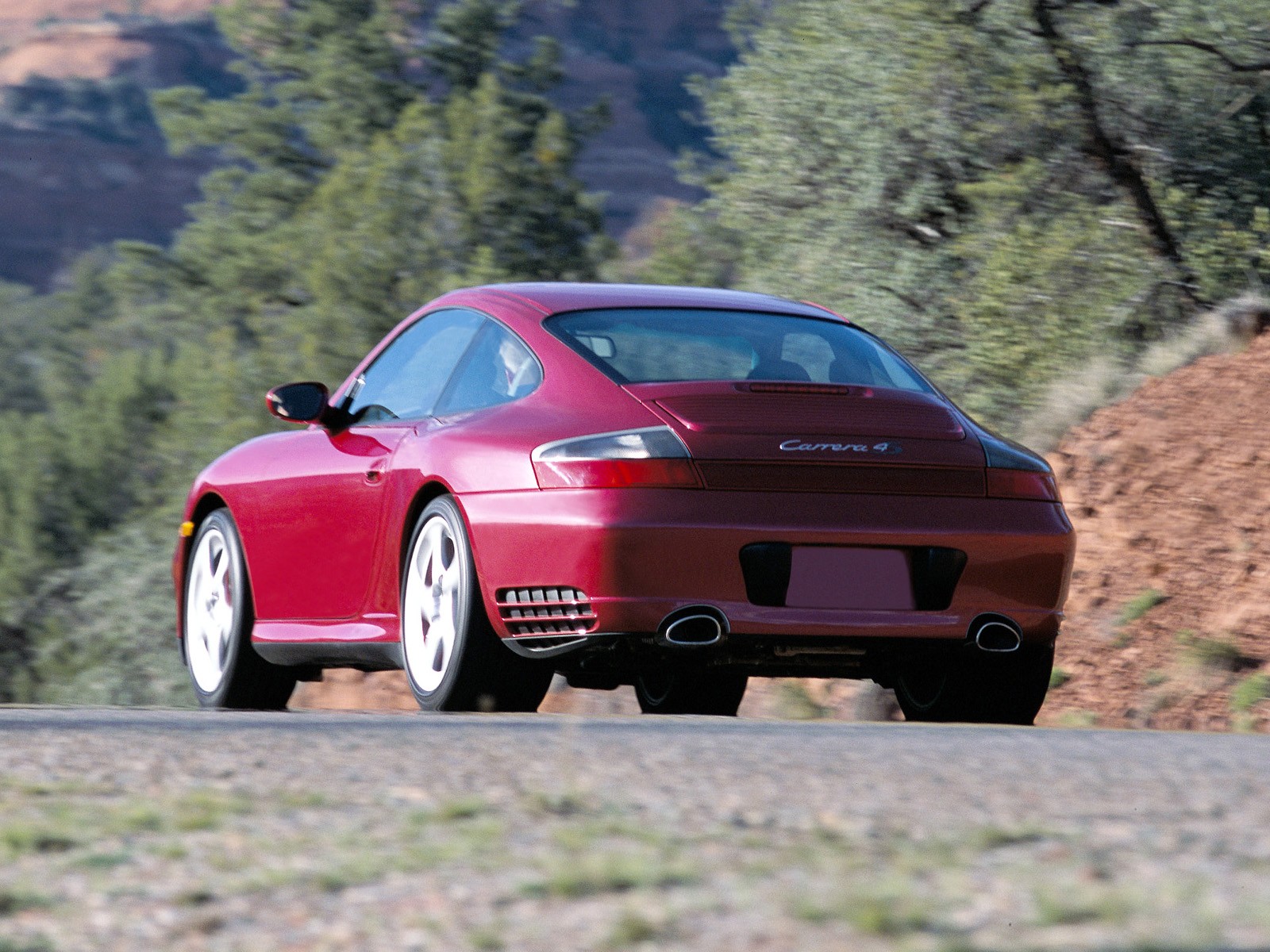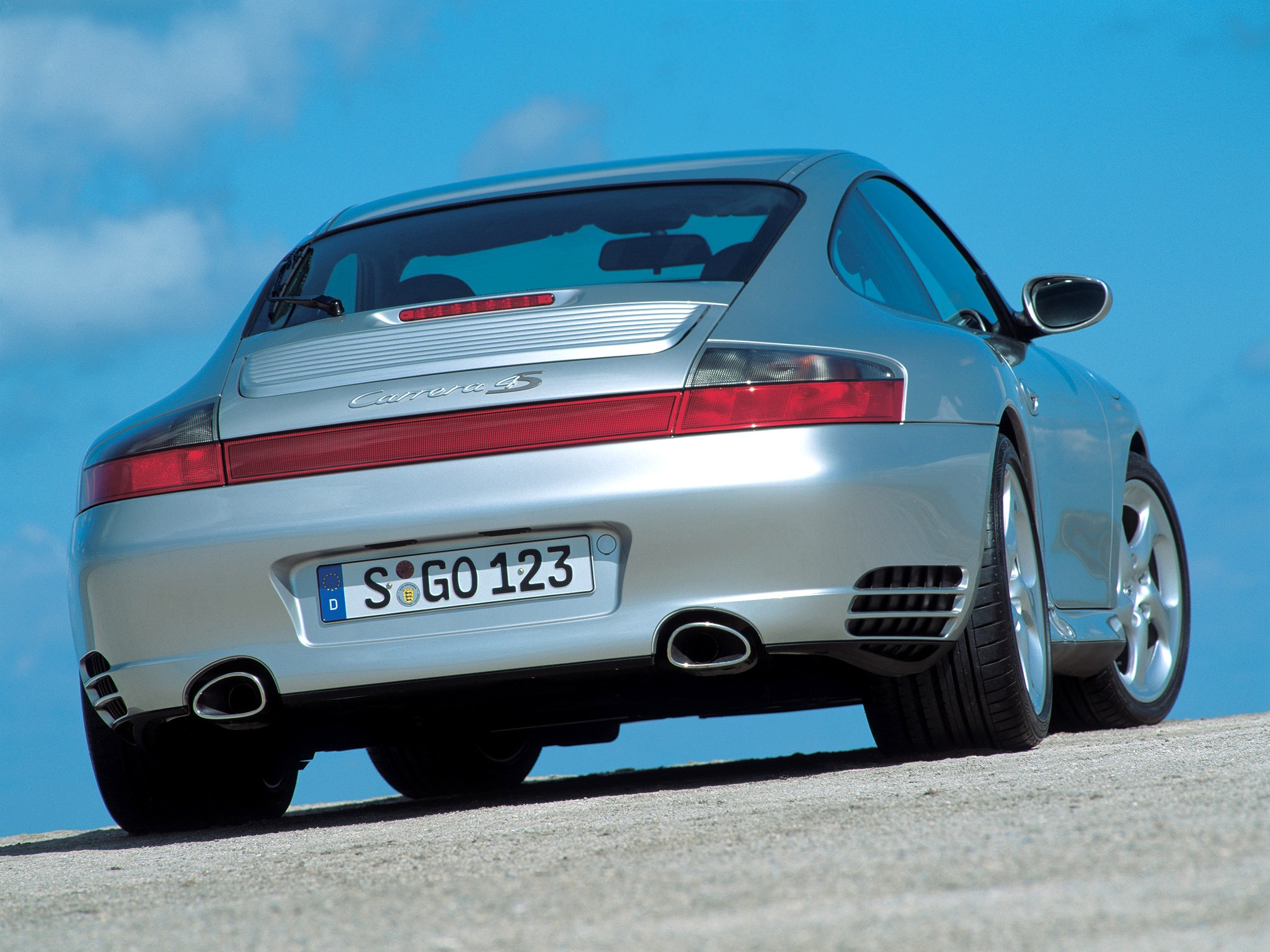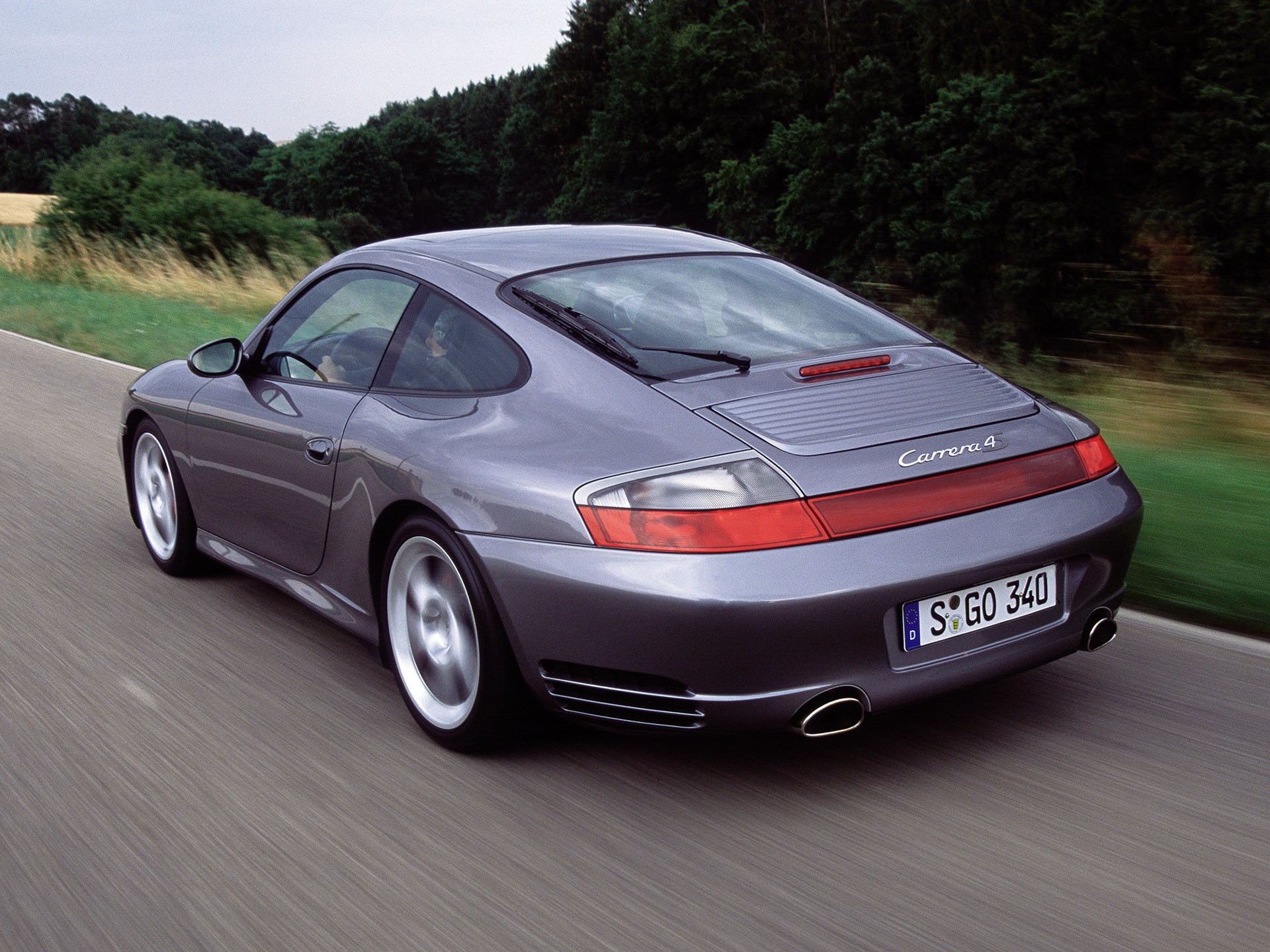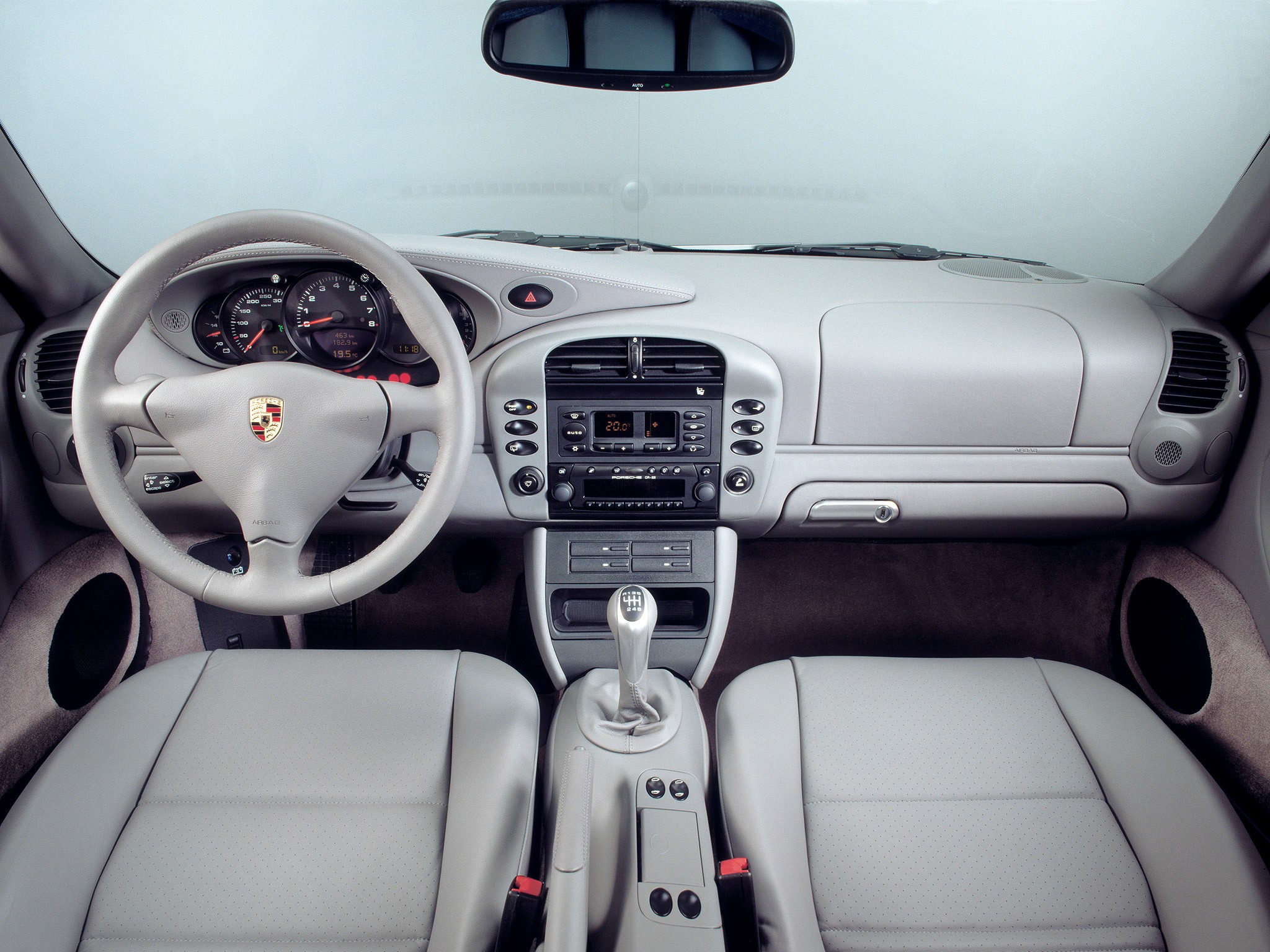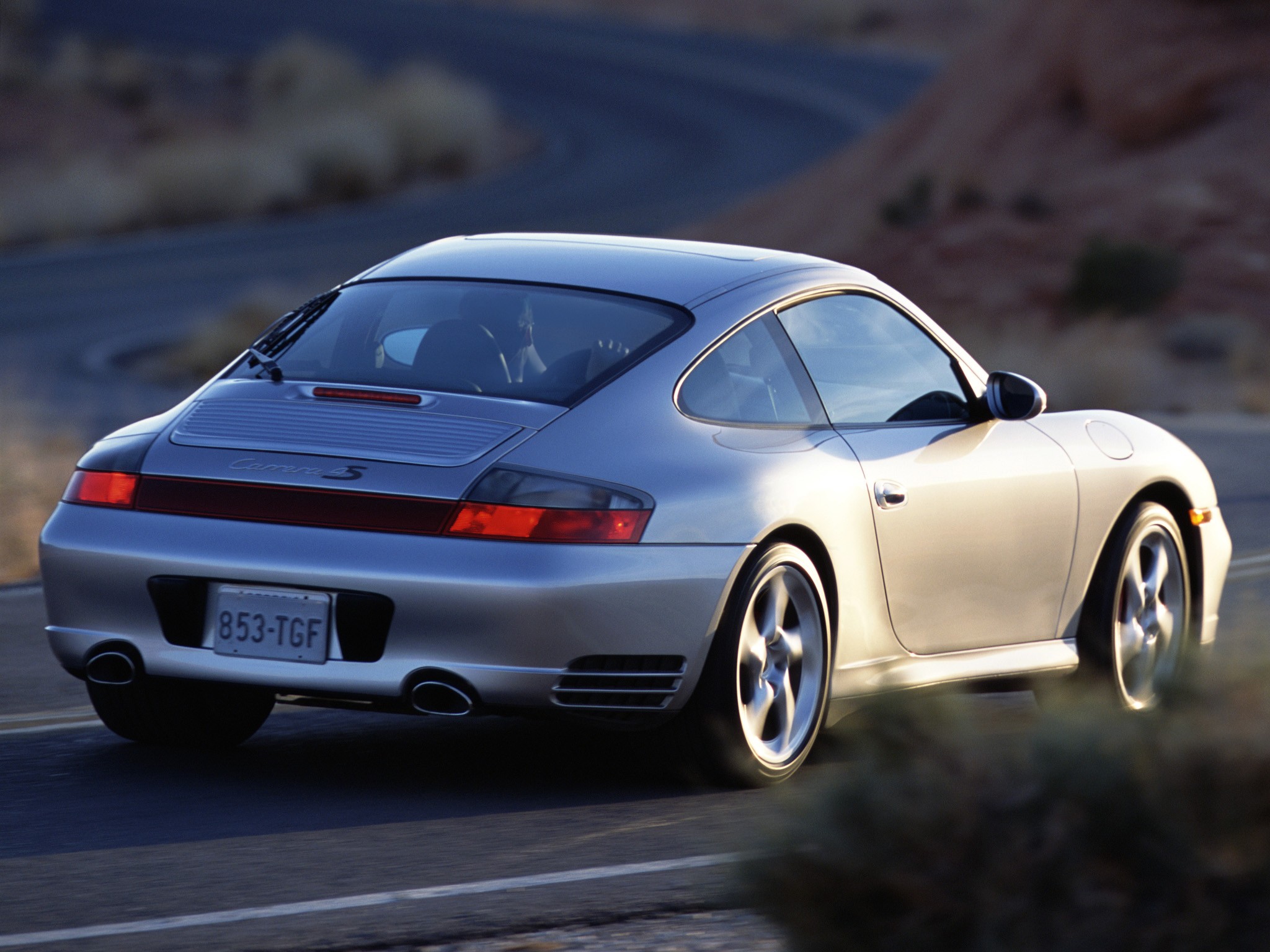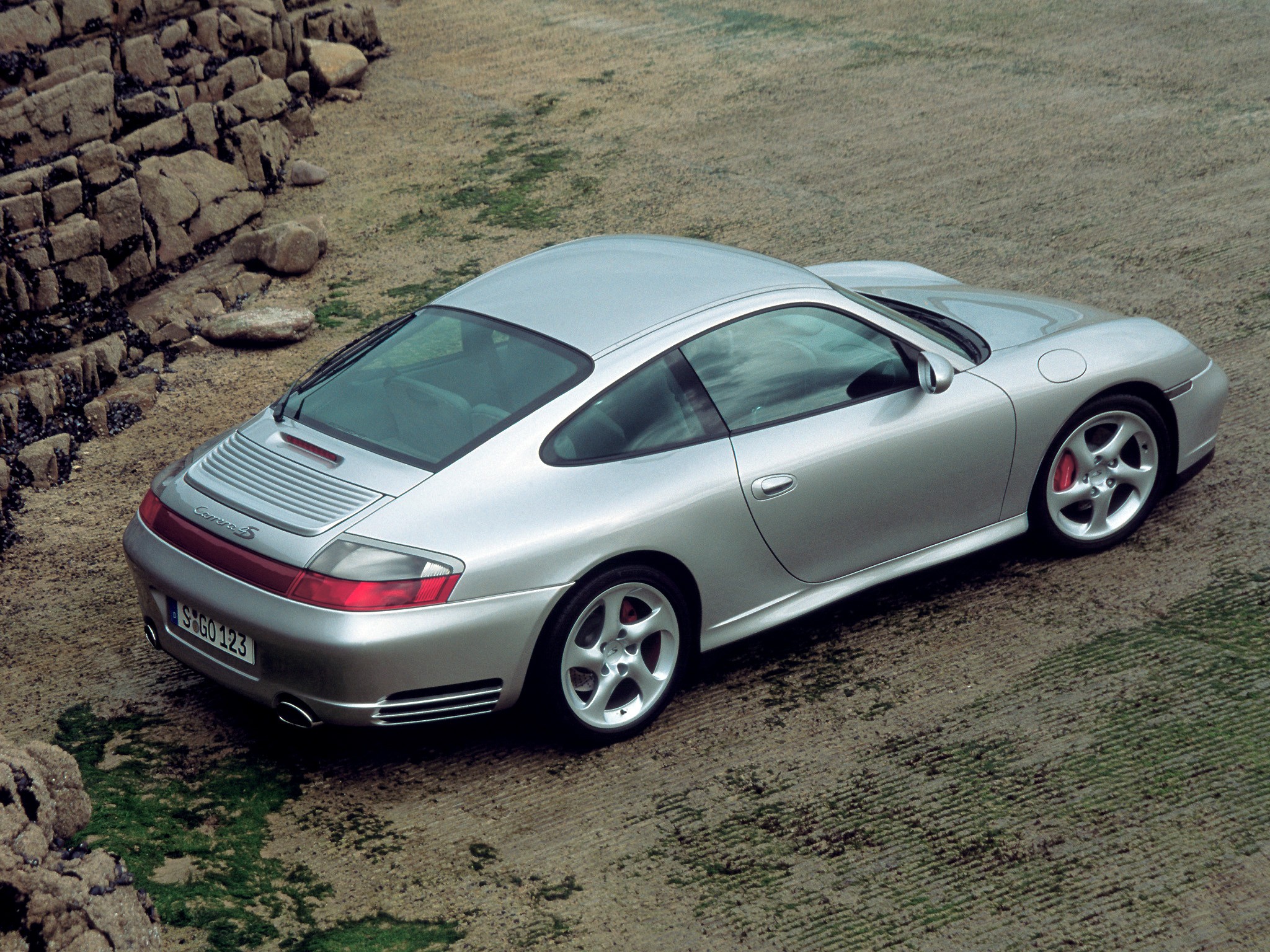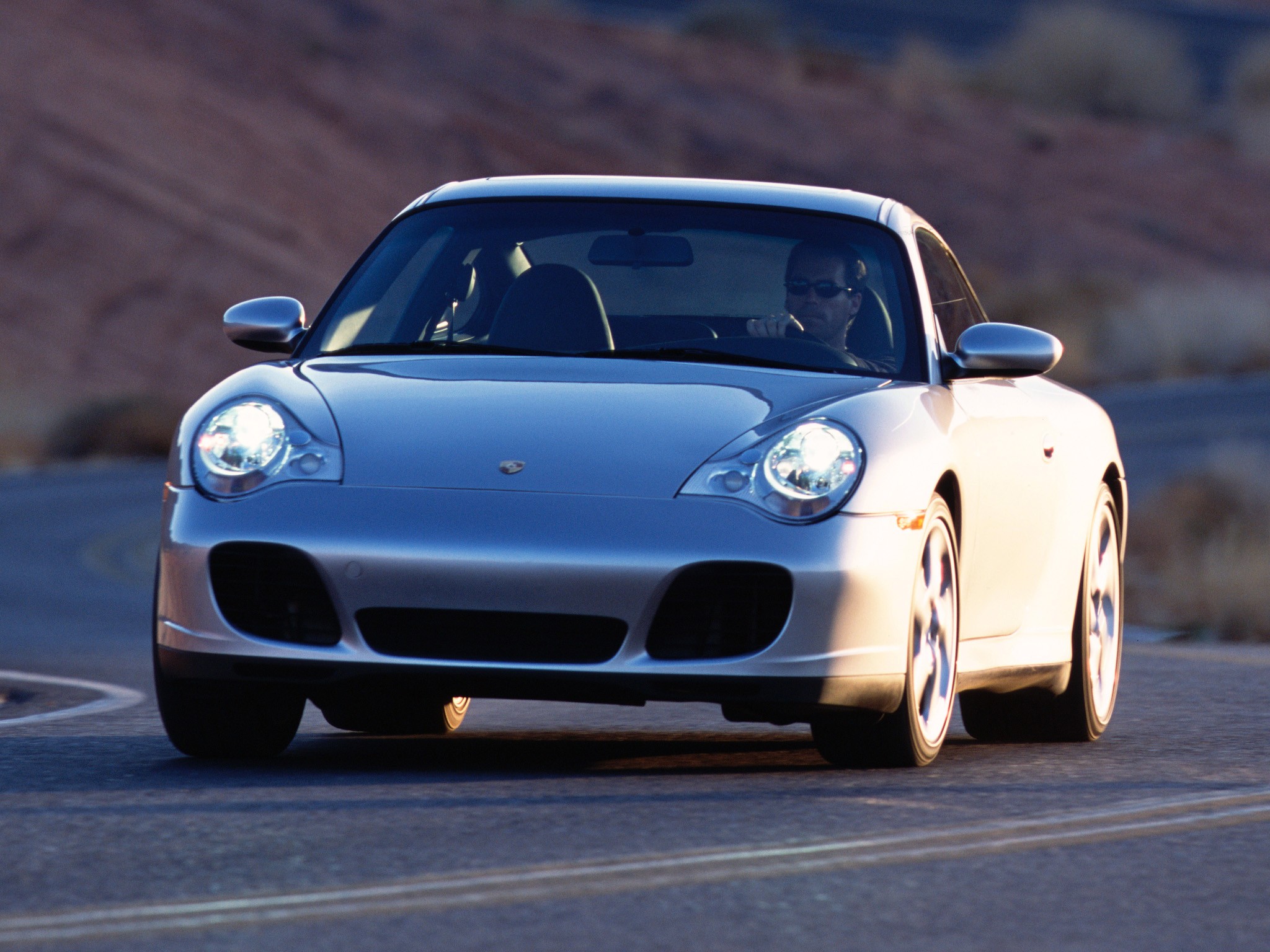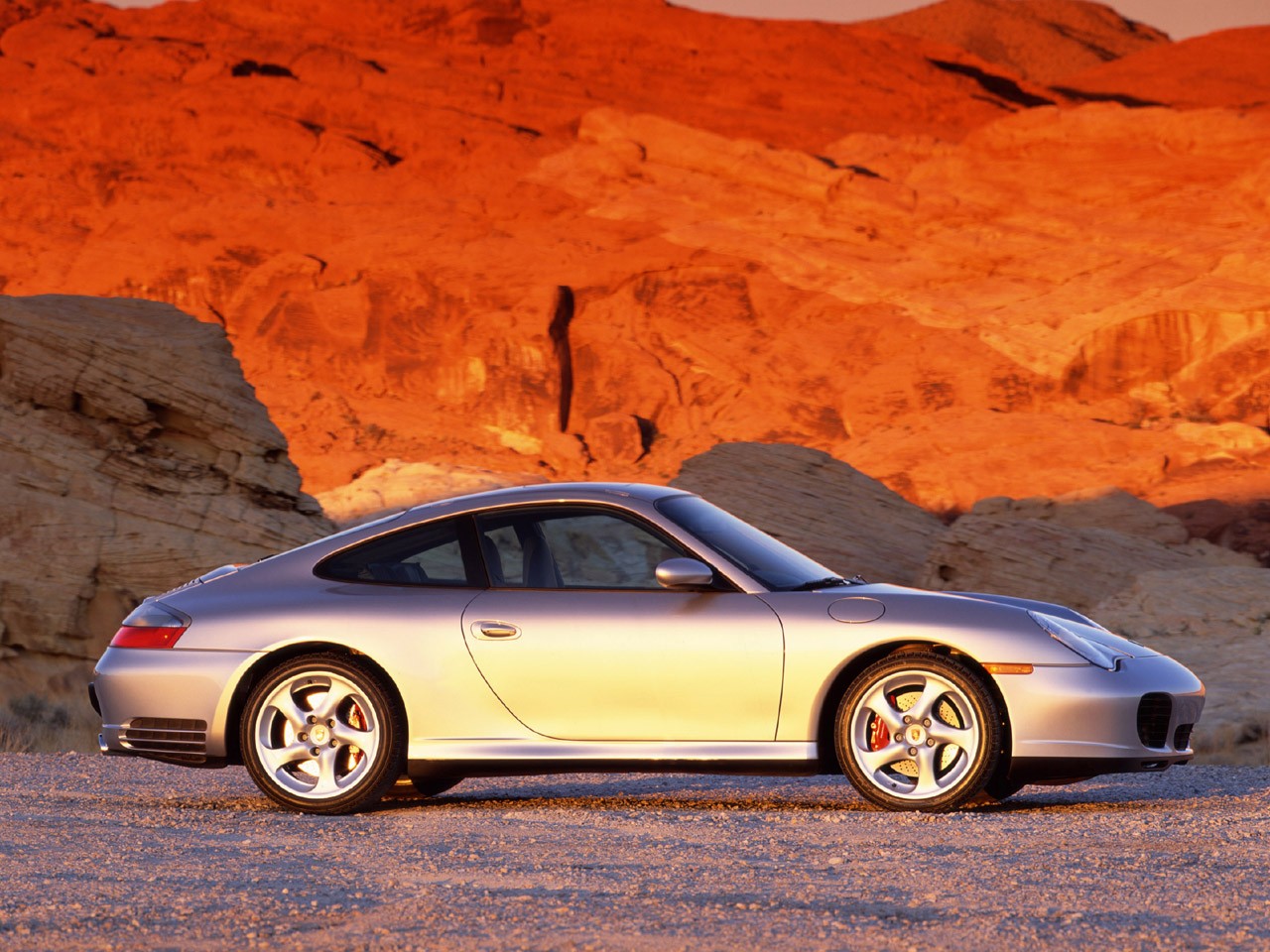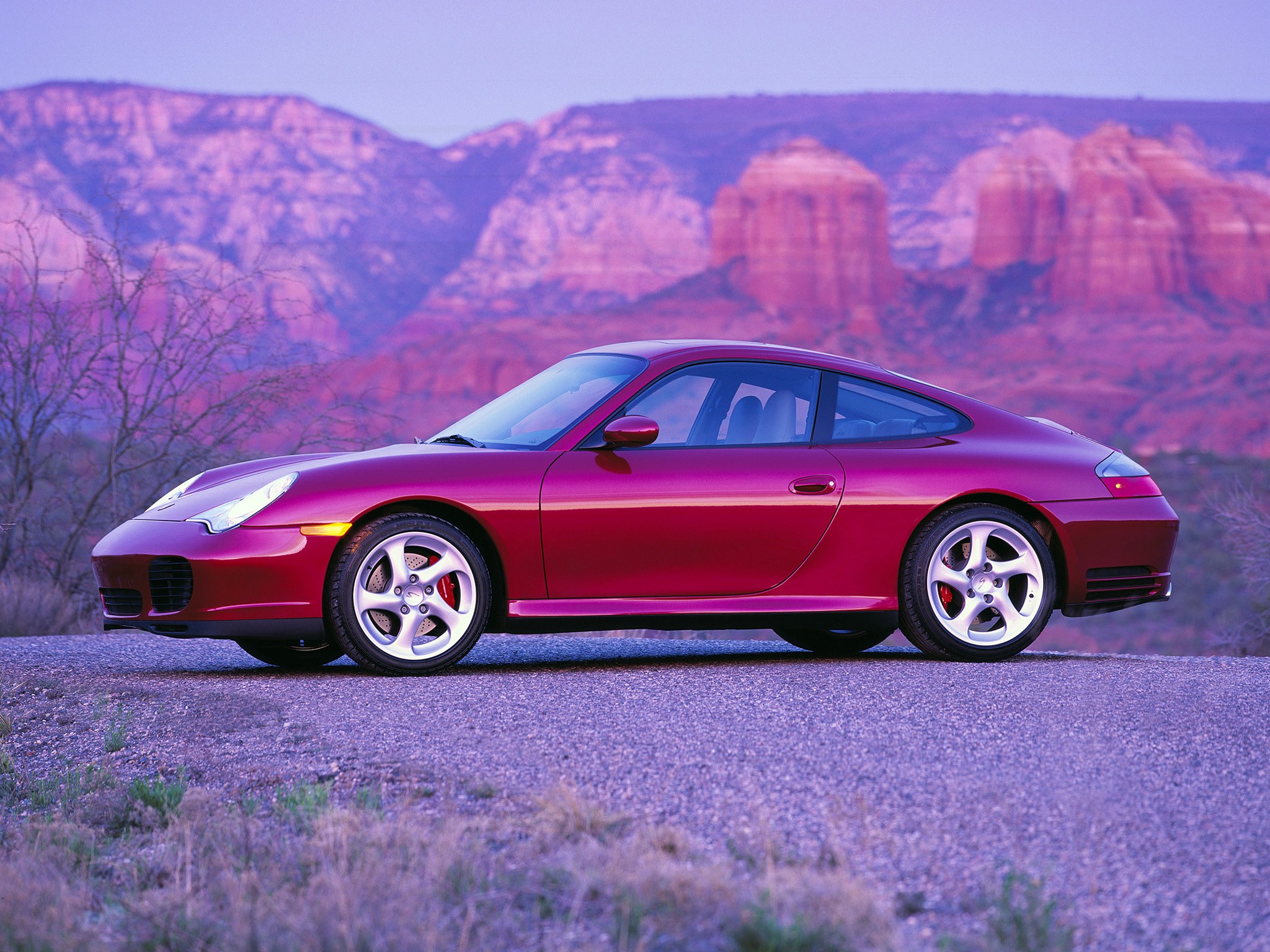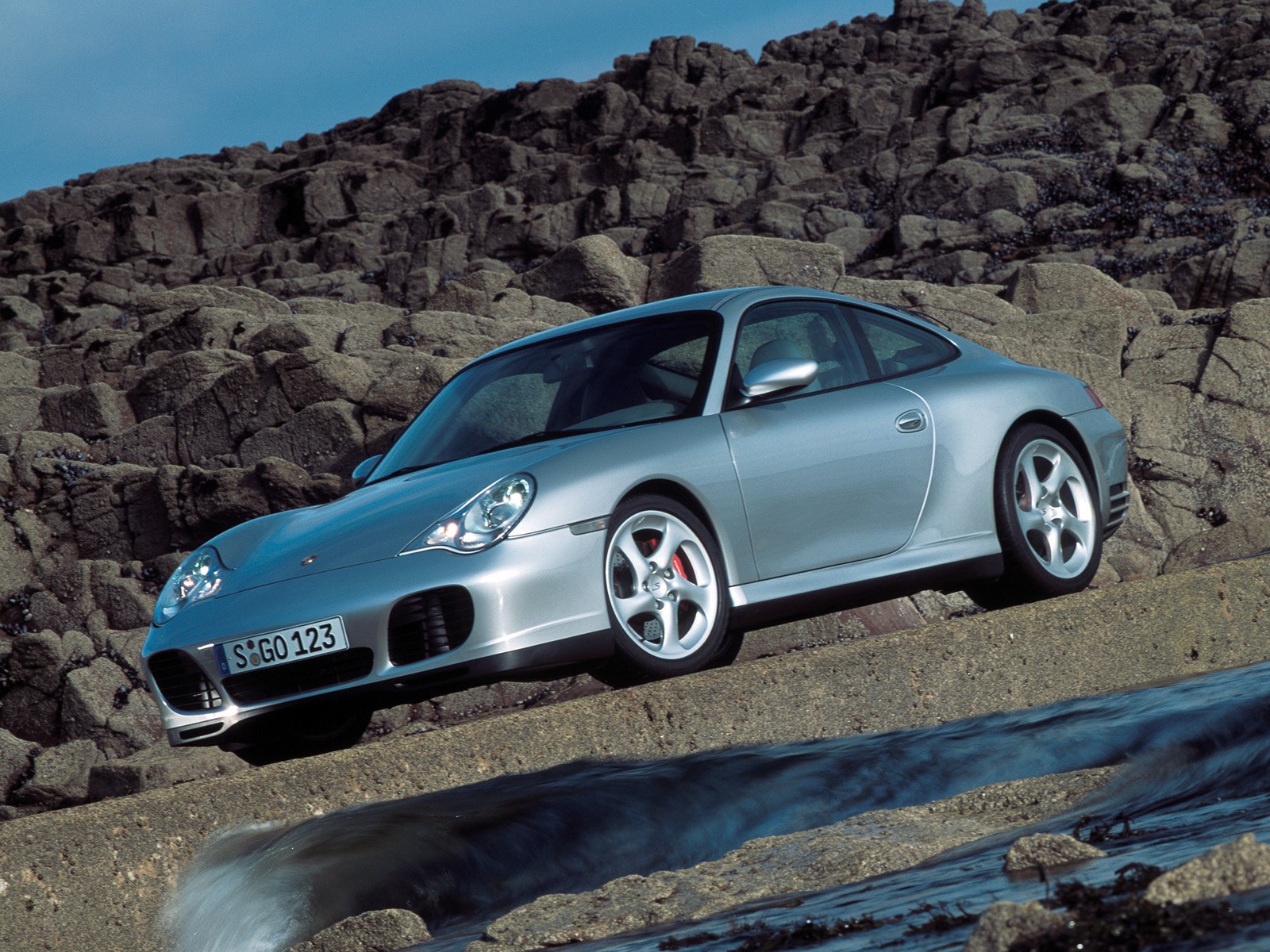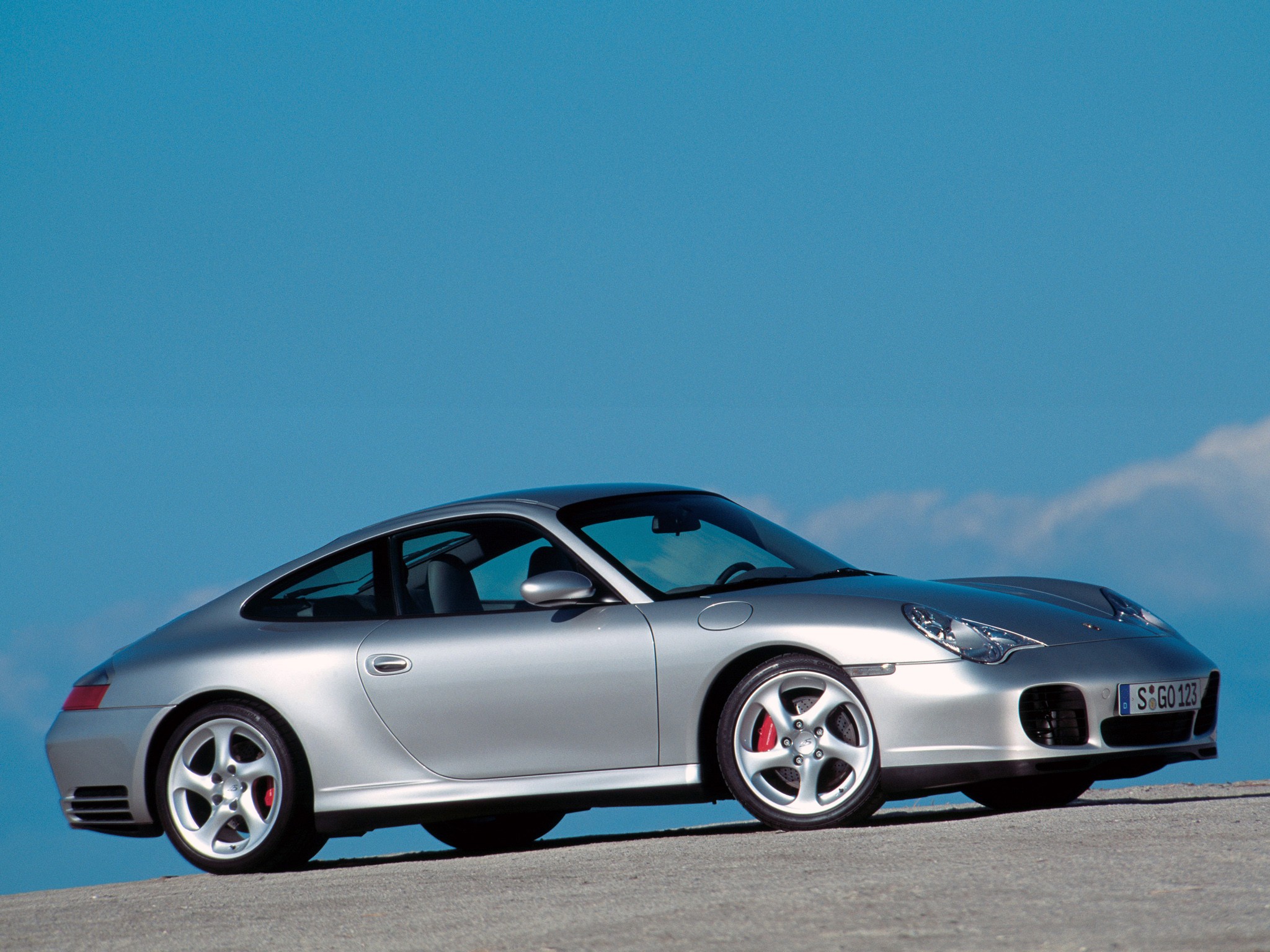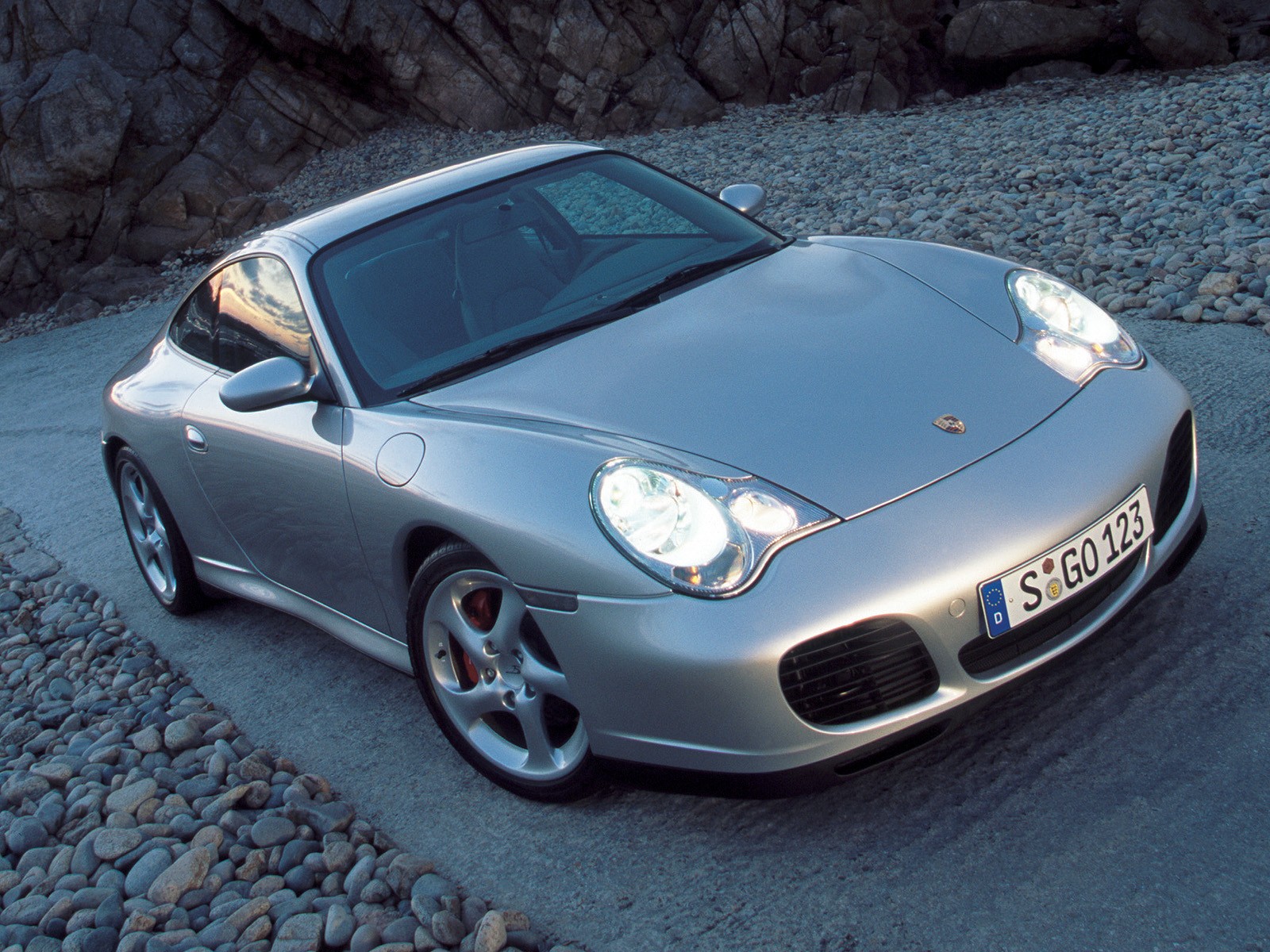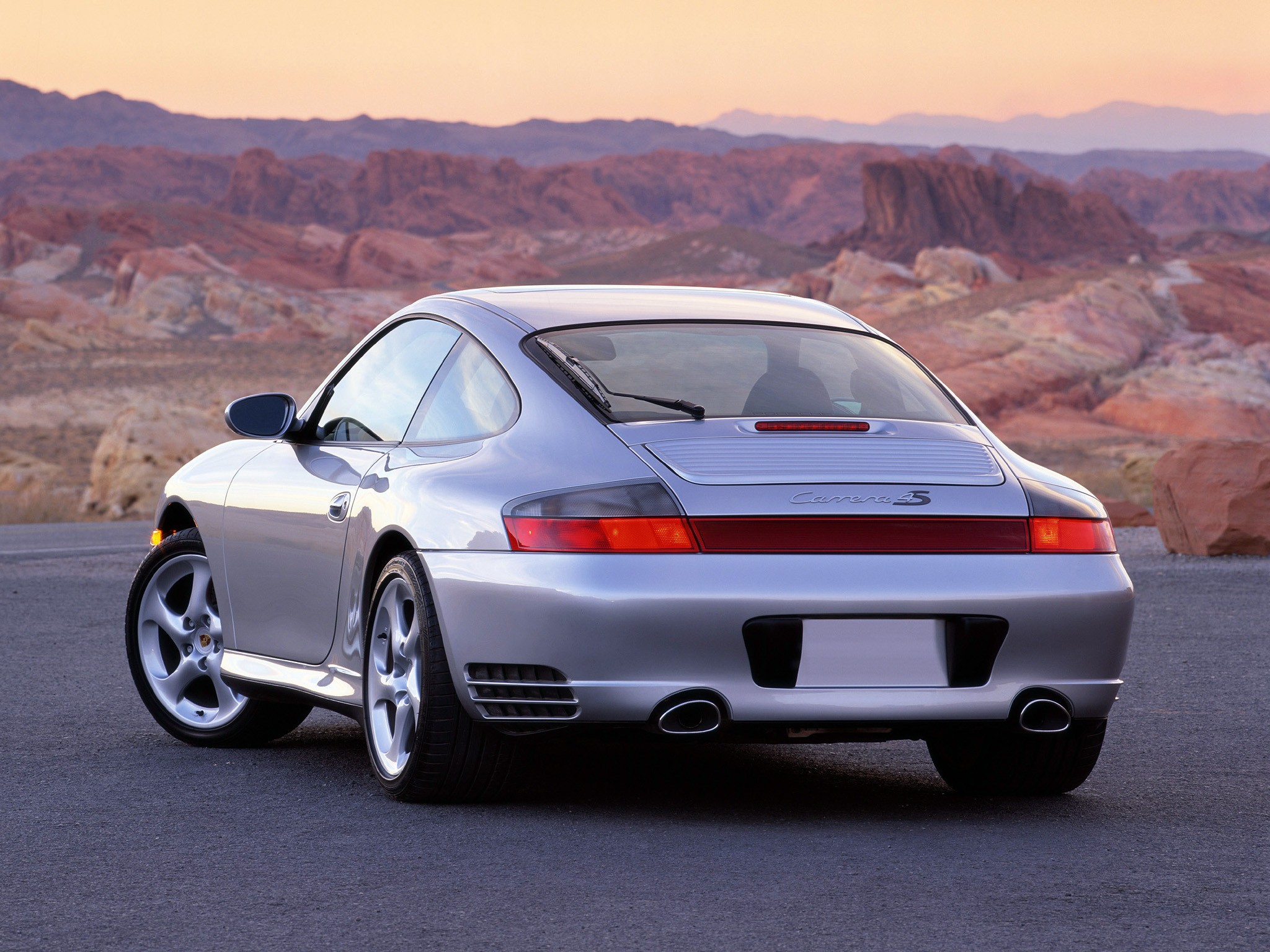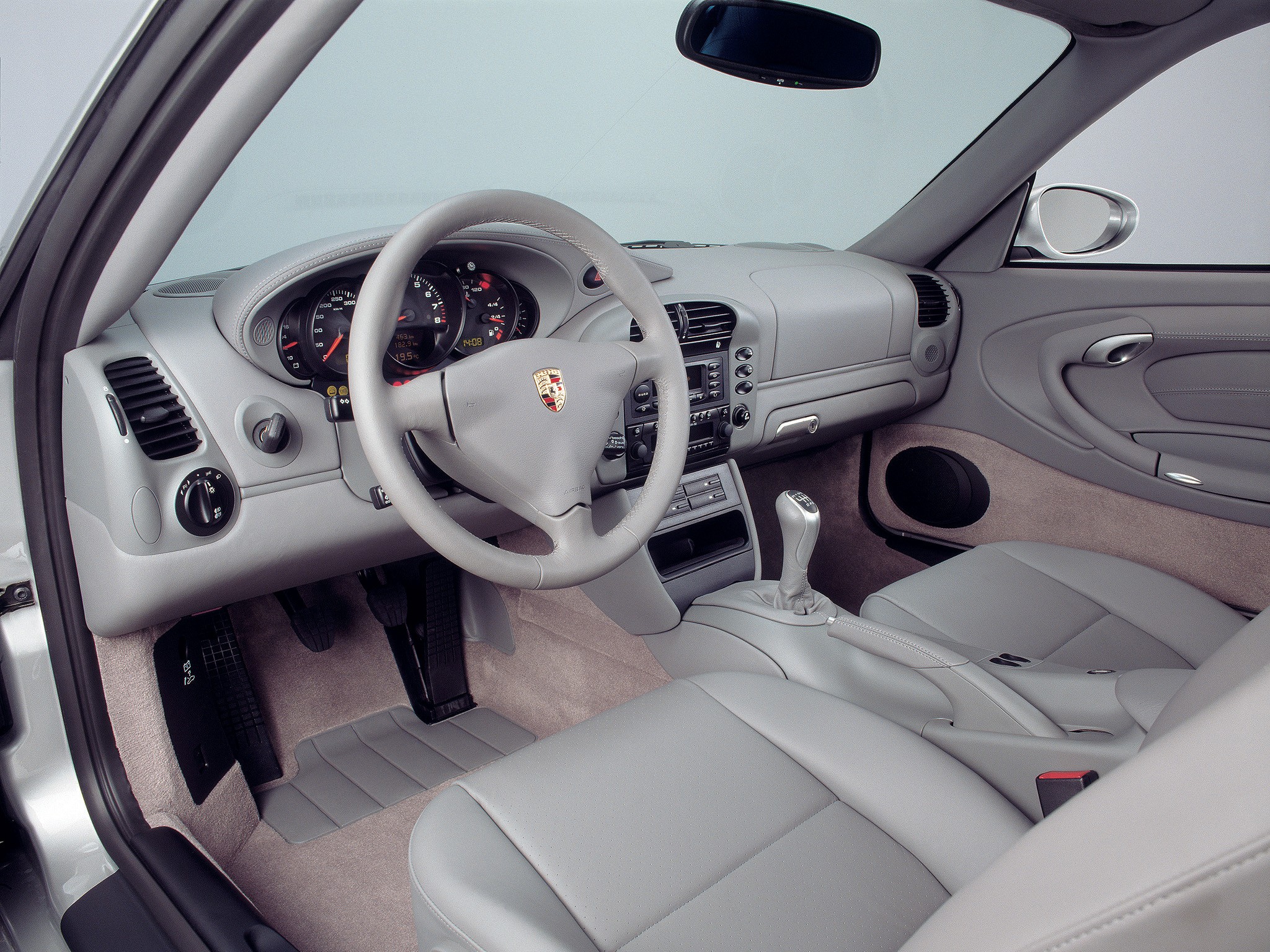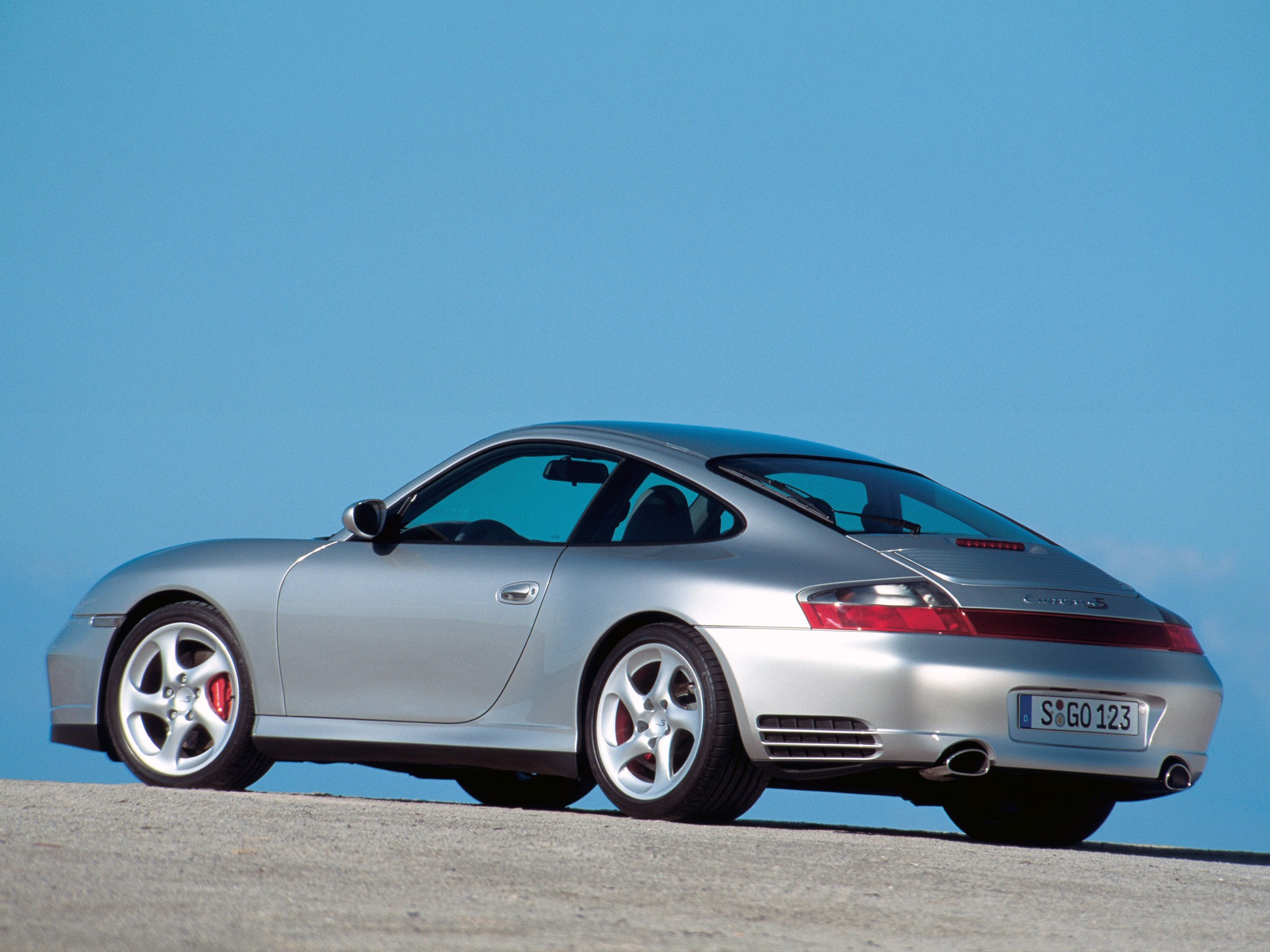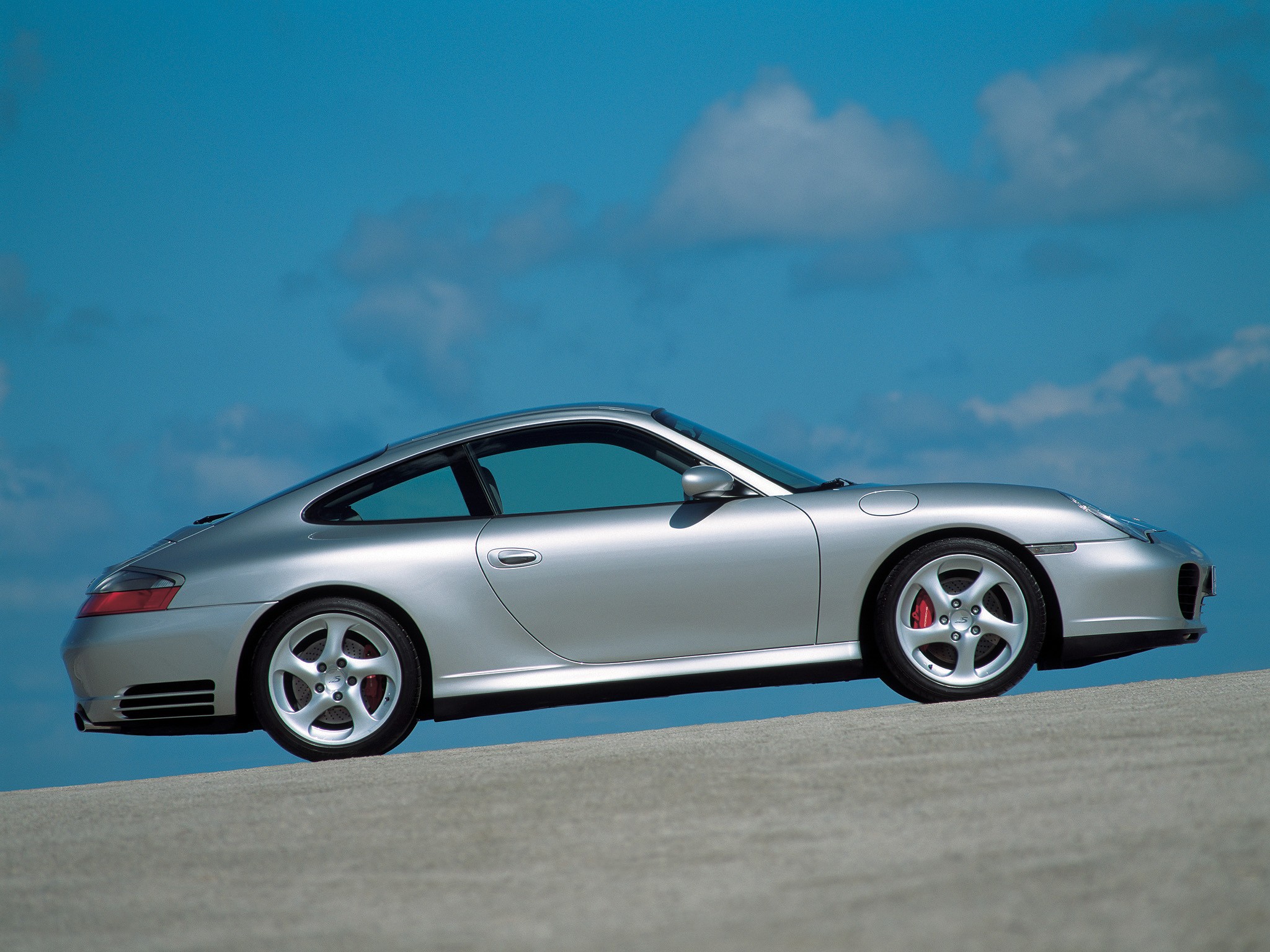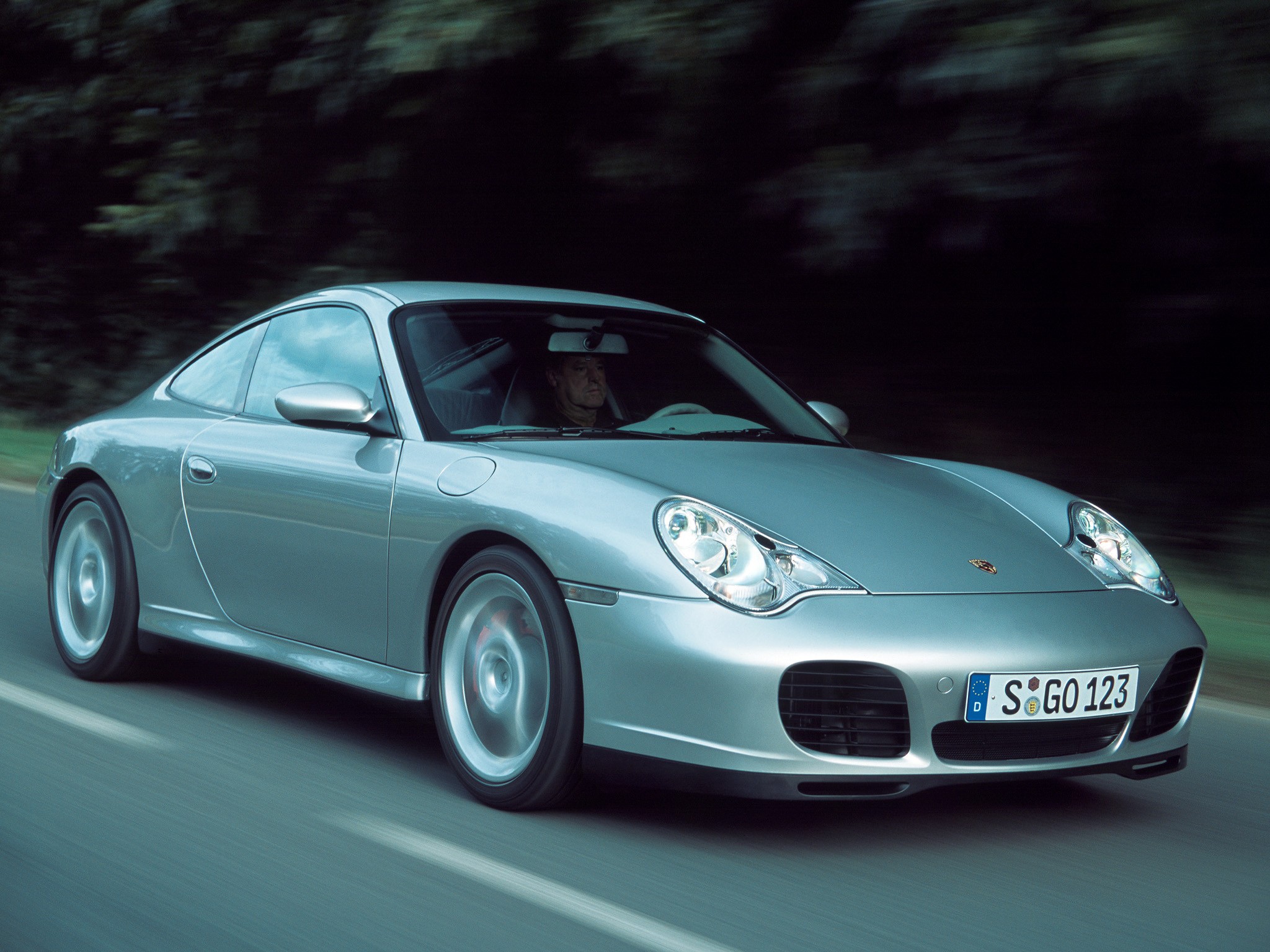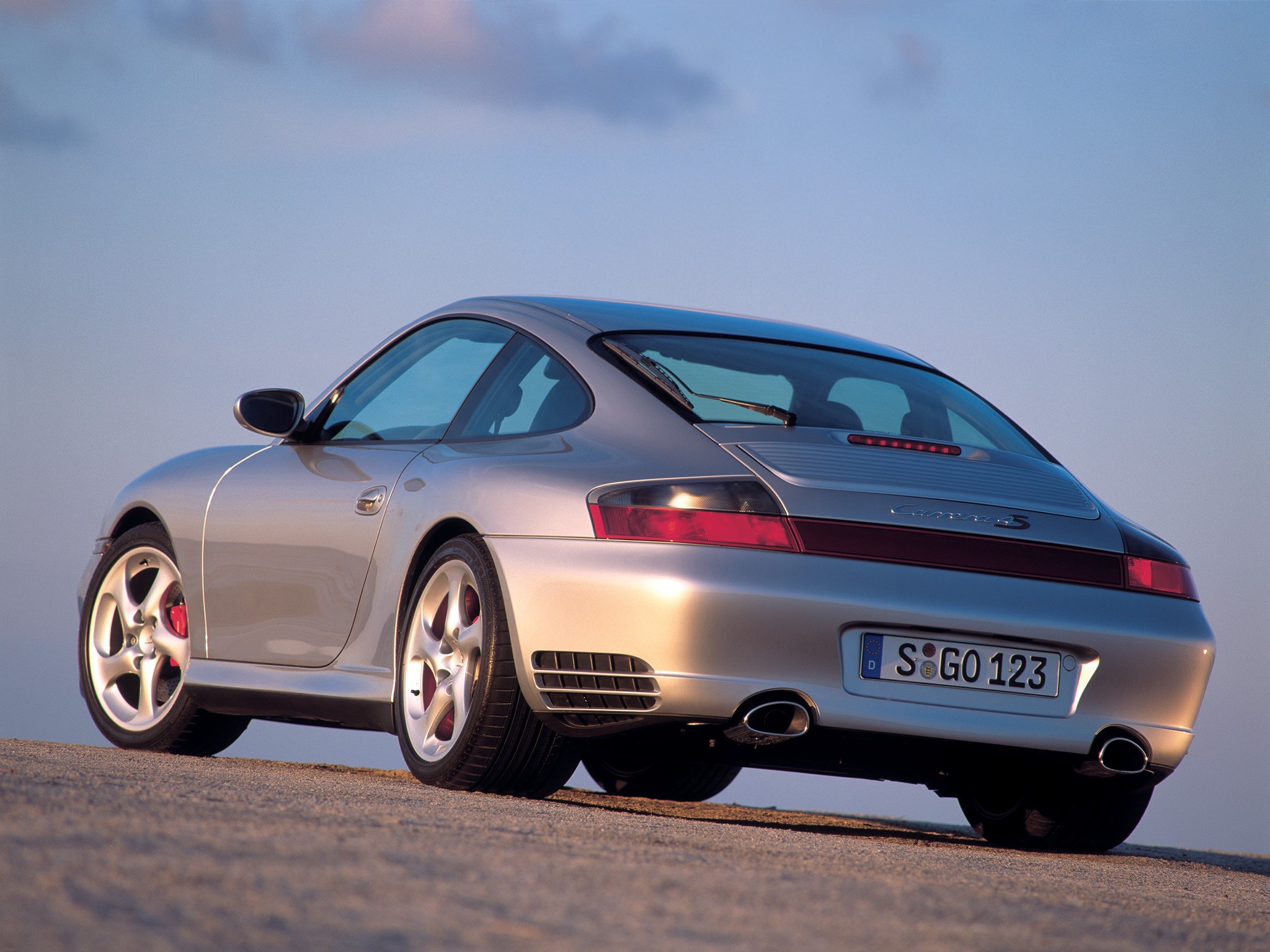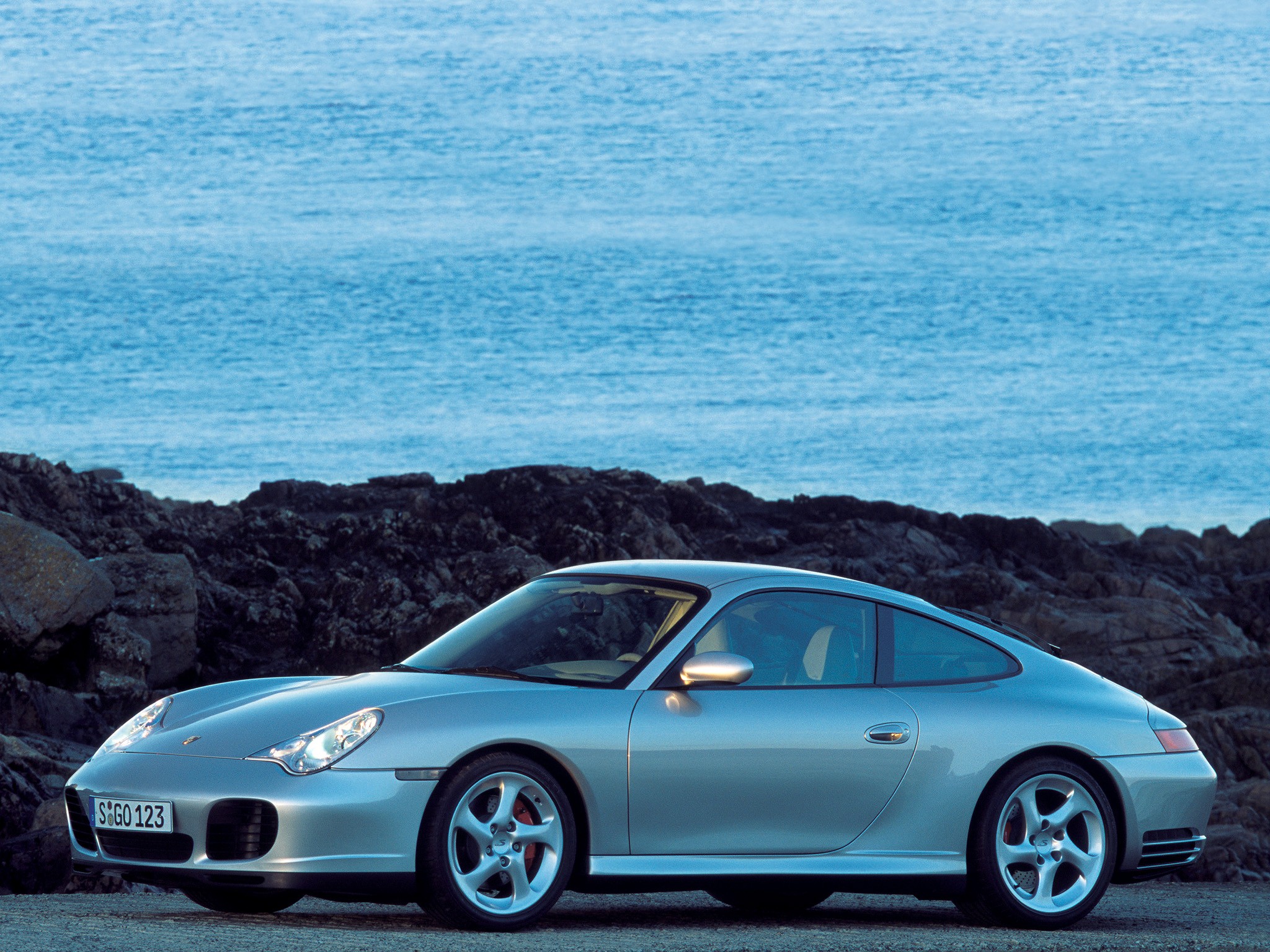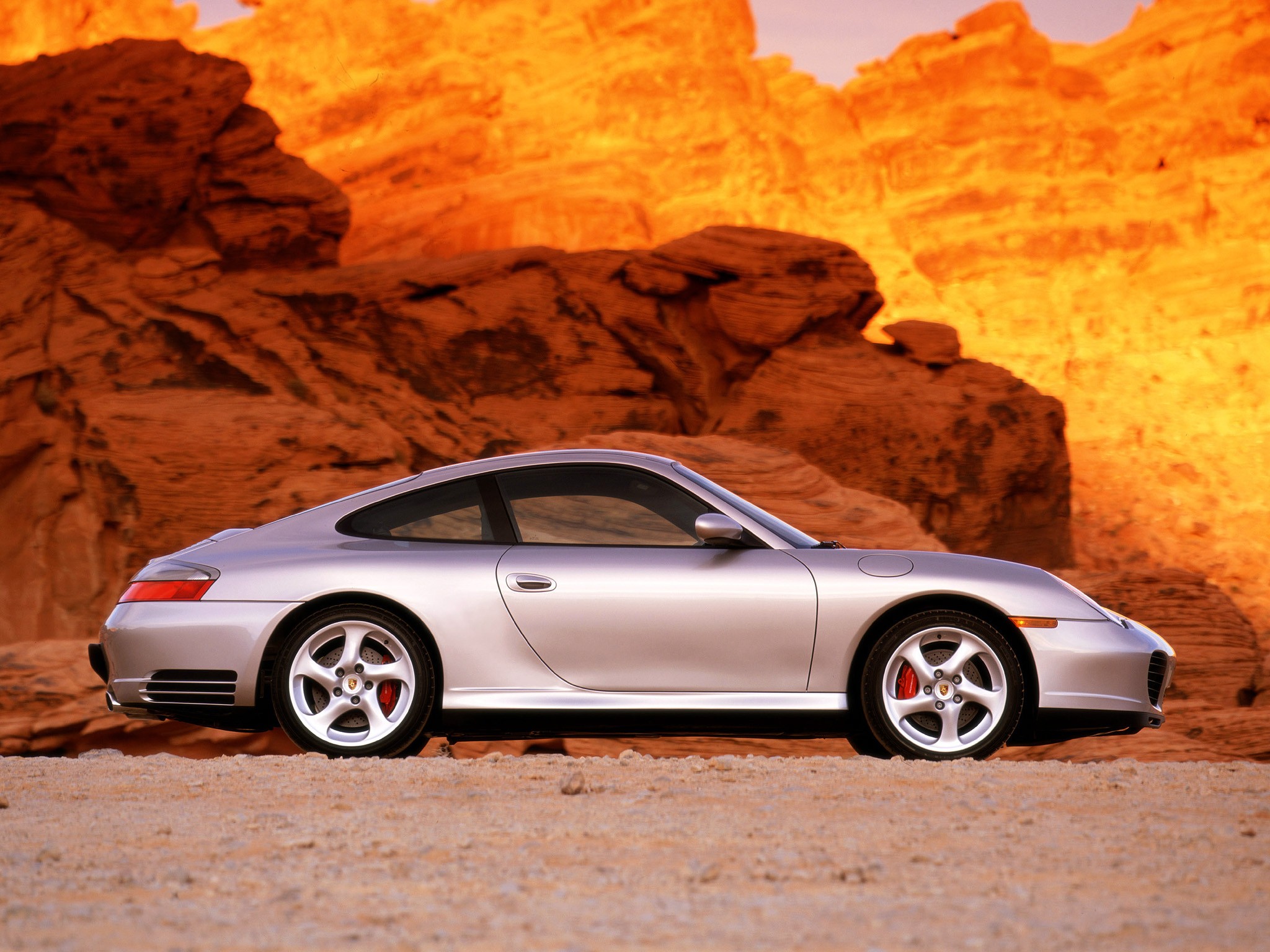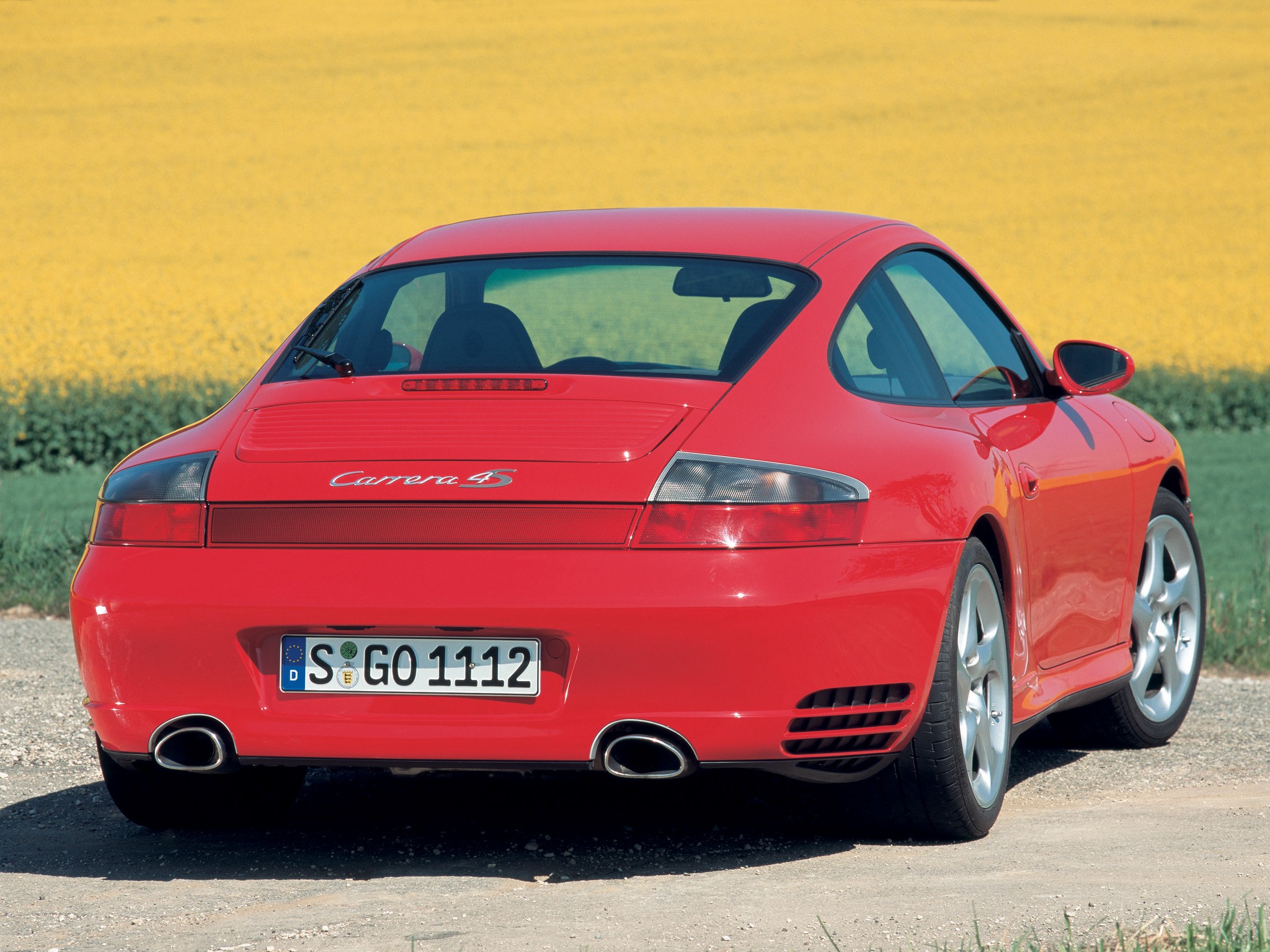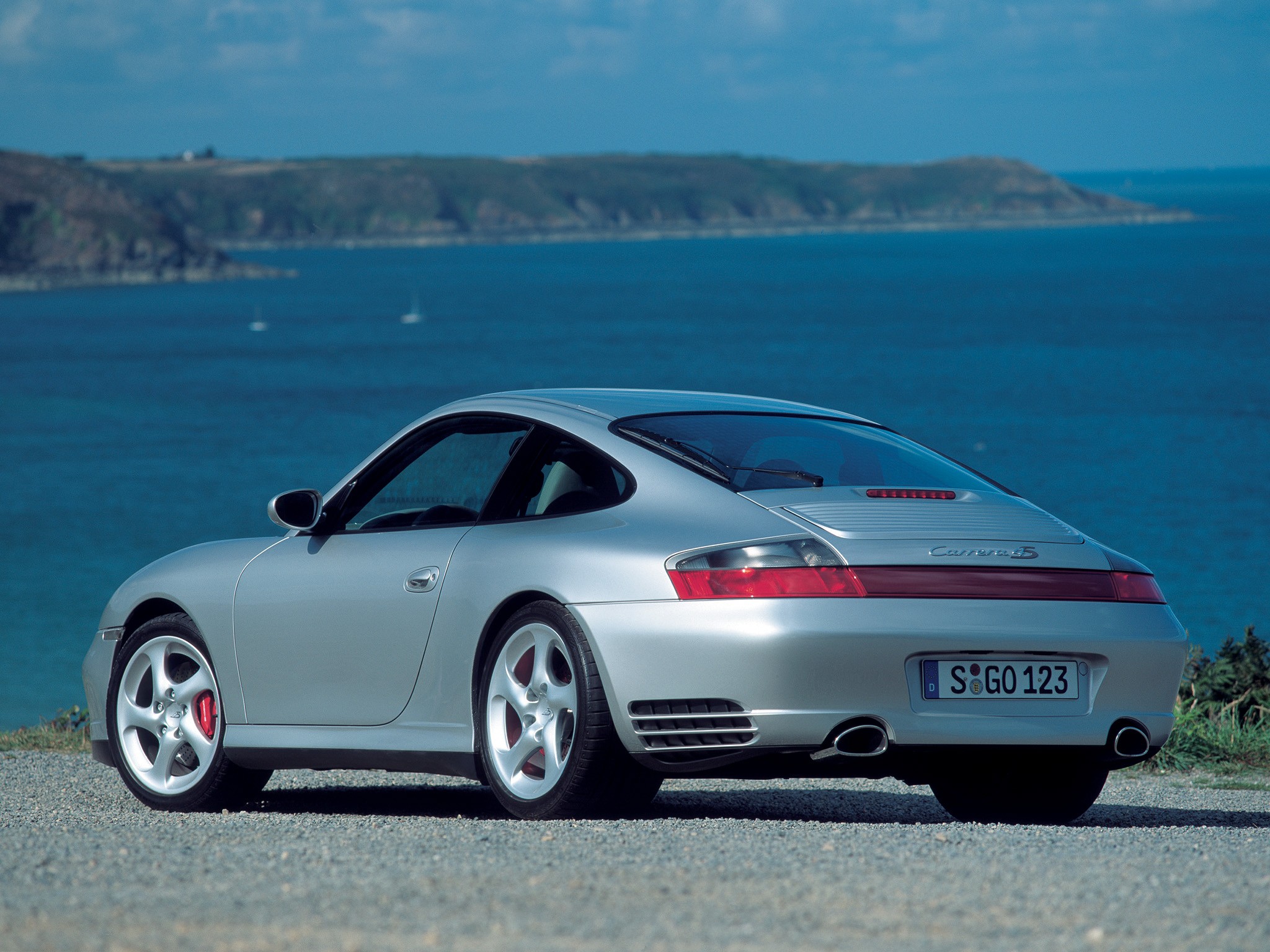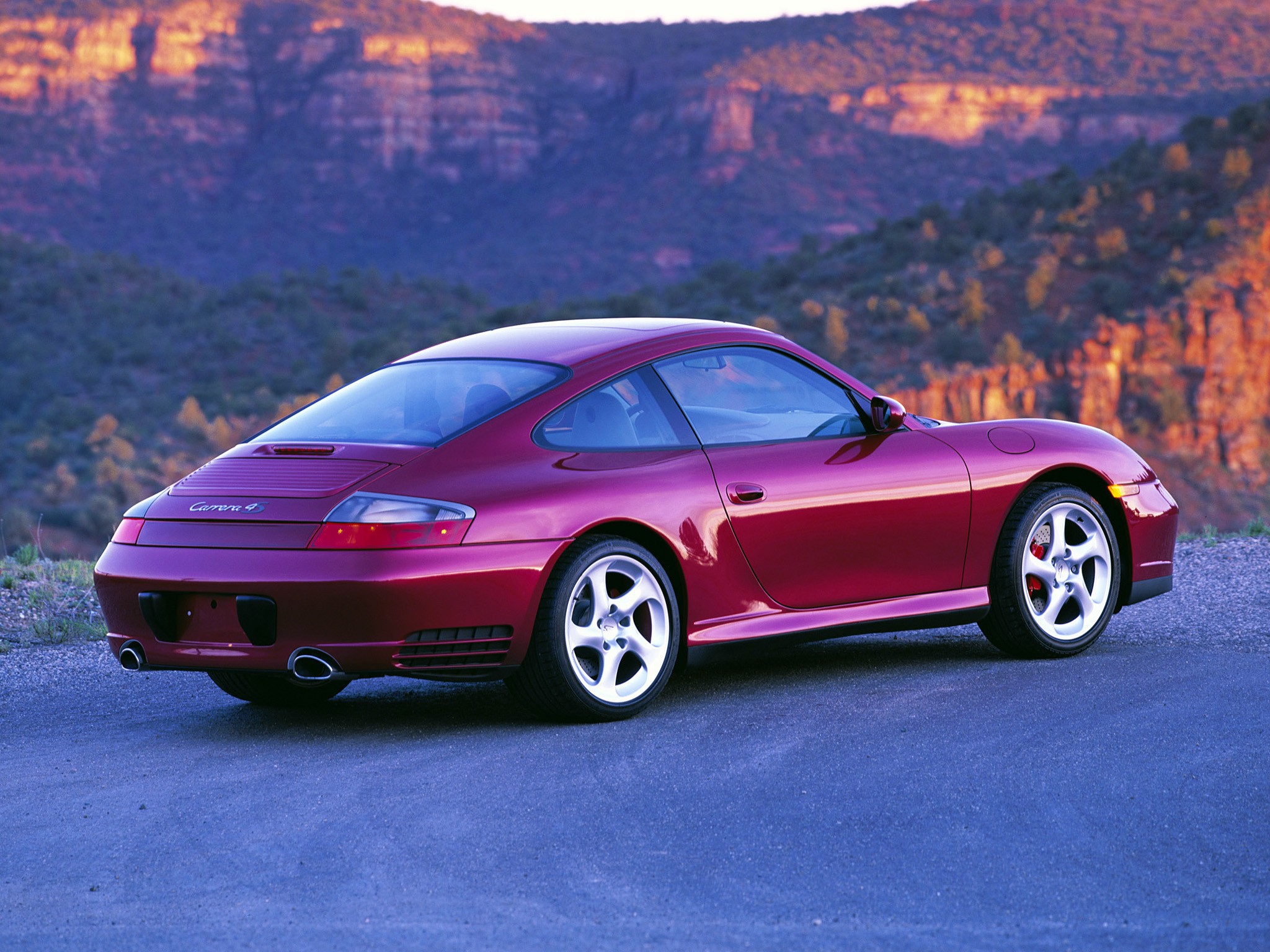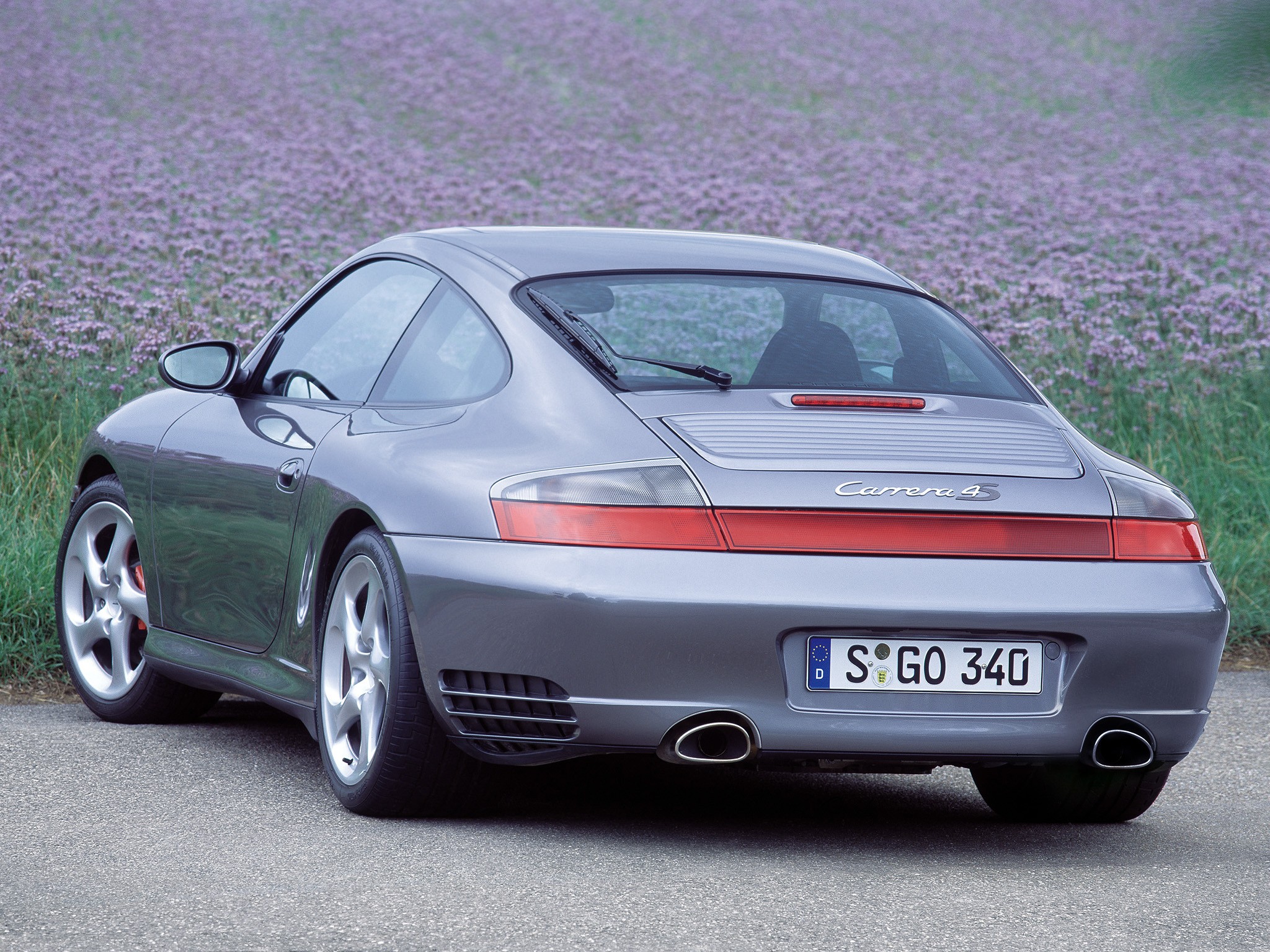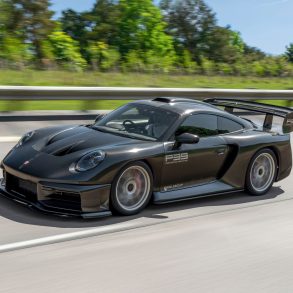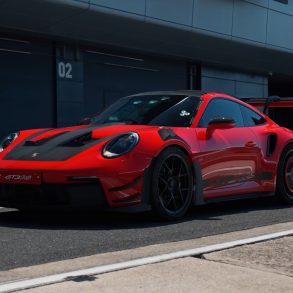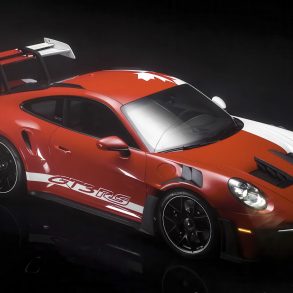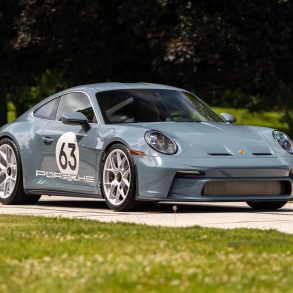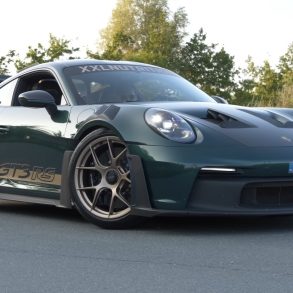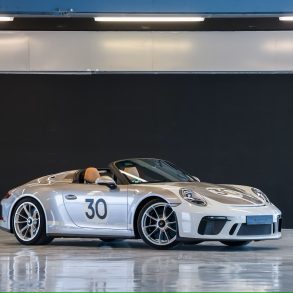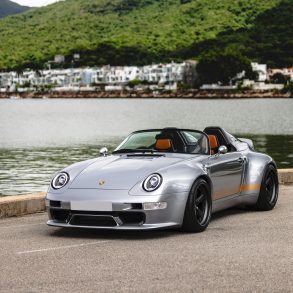(2002 – 2005) Porsche 911 Carrera 4S Coupe (996.2) – Ultimate Guide
In 2002, the entire generation of the 996 was facelifted. The Carrera 4S Cabriolet was introduced and got the new engine and the wider Turbo bodywork. The Carrera 4S was the perfect all around 911 when it was introduced, providing more performance than the base car without the exorbitant pricing of a Turbo or GT2. The Carrera 4S paired the aggressive bodywork and suspension of the Turbo with the base Carrera 4 drivetrain, though it didn’t get the Turbo’s huge rear wing. It’s easily identified by “Carrera 4S” badging and a large reflective strip on the rear end, spanning the gap between the taillights.
In 2002, the Carrera 4S Cabriolet was introduced in the lineup with the new engine and the Turbo bodywork. With these Turbo looks, sporty suspension, all-wheel drive, and more power and torque from the 3.6-liter flat six, the Carrera 4S is remembered for looking the part and for being the better performing car when compared to the base Carrera. The C4S was available only as a coupe in 2002 and 2003, while in 2004 a Cabriolet was introduced alongside the coupe.
From the outside, the Carrera 4 S Cabriolet featured the same front bumper as the Turbo. The rear wide fenders looked almost the same, except the side air-intakes, which were not needed. The sloped back of the car was fitted with the same self-adjusting spoiler, that could deploy or retract depending on the speed. The three-layer canvas-top was powered and it needed 20 seconds to completely retract or cover the car, at speeds up to 50 kph (31 mph). For winter, the car featured an aluminum hard-top.
Inside, the car featured full power-adjustable leather seats for the driver and passenger (with driver’s side memory). The seat’s position was related to the key used to open the car so, if two drivers would use the vehicle, at the opening the door mirrors and the seat was adjusted accordingly. A new infotainment unit (Porsche Communication Management) was installed, with an option for sat-nav.
The drivetrain received the new 3.6-liter engine and it gained 20 hp more than the non-facelifted version. It was fitted with a standard 6-speed manual. The 5-speed automatic (Tiptronic) gearbox with manual override to change gears was on the options list.
Due to its all-wheel-drive system, it could cope better with the bad weather than most of the sports-cars from that era. Like in the 993, the 996 4WD system was simplified to a viscous coupling system weighing only 50 kg. This also carried over to 997 Carrera 4. In a viscous coupling, there is multi-plate discs immersed in viscous liquid to transfer torque. In normal condition, only 5% torque is sent to the front wheels, maintaining the rear-drive character of 911. When the rear wheels lose traction and spin, the speed difference between front and rear axle will cause the viscous coupling to send more torque – up to 40% – towards the front axle. As seen, this is a passive mechanism, not as advanced as nowadays active differentials.
The added weight resulting from the inclusion of the four wheel drive system did not seem to affect performance. Motor Trend said it was the best 911 available when it came out: “The ’02 Porsche C4S may be the best Porsche 911 of the current crop of eight variants, which would then suggest that it’s the best 911 in almost 40 years of 911s. Yes, there are two 911 models that accelerate harder, but one costs nearly twice as much.”


